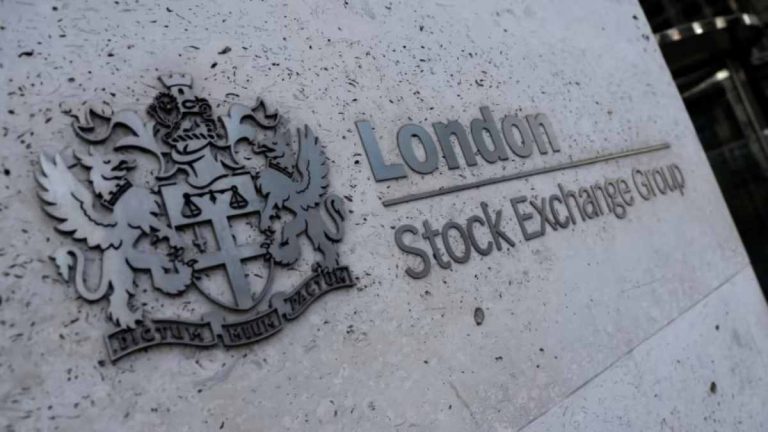UK business activity in the private sector expanded more than anticipated in August, lifting the pound to a 13-month high against the US dollar. The surge points to solid economic growth throughout the summer, reflecting a continuation of the country’s recovery from last year’s recession.
The S&P Global Flash UK PMI composite output index, which tracks the health of both the manufacturing and services sectors, increased to 53.4 in August, up from 52.8 in July. This rise exceeded economists’ forecasts of 52.9 and marked the highest reading since April. A figure above 50 signals an expansion, indicating a majority of businesses saw growth in August compared to the previous month.
As a result, sterling gained 0.2% against the dollar, reaching its highest level since July 2023, before falling back to $1.3095. Against the euro, sterling strengthened by 0.4%, with £1 trading at €0.8484.
Positive Economic Indicators
Chris Williamson, chief business economist at S&P Global Market Intelligence, described August’s results as showing a “welcome combination of stronger economic growth, improved job creation, and lower inflation.” The figures indicate that inflationary pressures within the private sector have eased, suggesting the UK economy will grow at a rate of around 0.3% in the third quarter of 2024.
Recent data also reveals that the UK’s GDP grew by 0.7% in the first quarter and 0.6% in the second quarter of this year. These results show a robust recovery from the recession that affected the country last year.
Additionally, inflationary pressures have significantly eased. Input costs across the private sector increased at their slowest pace since January 2021, with service sector inflation, a key concern for the Bank of England (BoE), dropping from 5.7% in June to 5.2% in July. This aligns closely with the central bank’s inflation target of 2%.
Interest Rate Outlook
Although inflation is cooling, some experts believe this may not be enough to prompt immediate interest rate cuts. Ashley Webb, an economist at Capital Economics, said that while the data suggests services inflation will continue to decline, a rate cut may not happen until later in the year.
The BoE cut its base rate by 0.25 percentage points in August, marking the first reduction in over four years. Markets are currently anticipating a 70% chance that the BoE will hold rates steady at its upcoming September meeting.
Manufacturing and Services Sectors Thrive
Both the manufacturing and services sectors experienced solid growth in August. The PMI index for services rose to 53.3, while the manufacturing sector’s index hit a 26-month high of 52.5. Businesses have reported improved sales, particularly within the domestic market, driven by easing price pressures and lower borrowing costs.
Furthermore, job creation reached its highest level in 14 months, with increased staffing levels in both sectors. This employment growth has been supported by optimistic business sentiment regarding the near-term economic outlook.
The UK’s composite PMI reading of 53.4 in August outperformed the Eurozone, which posted a reading of 51.2. The UK economy has continued to surpass that of the Eurozone throughout the first half of 2024, with 0.3% growth in both the first and second quarters.


